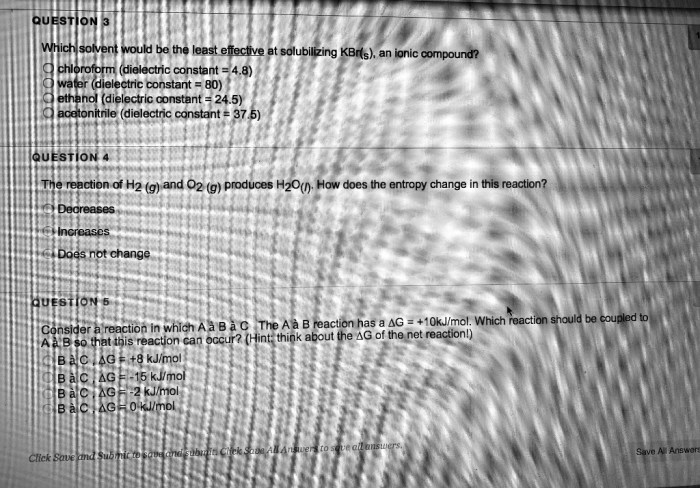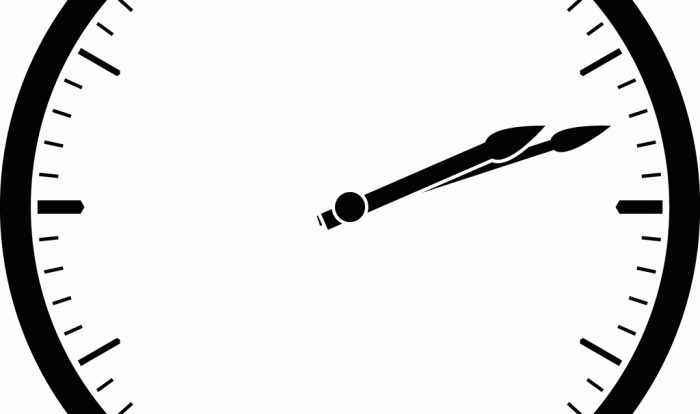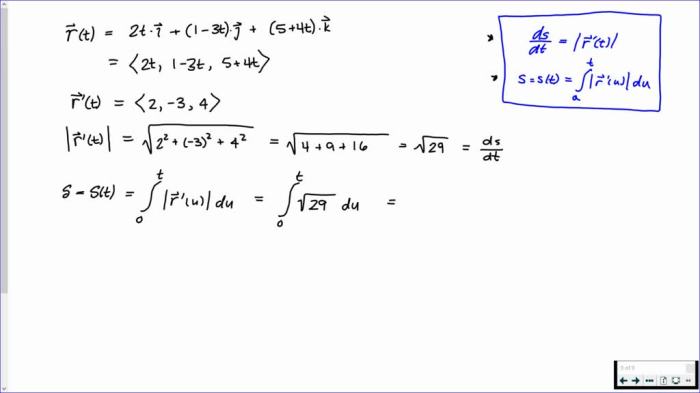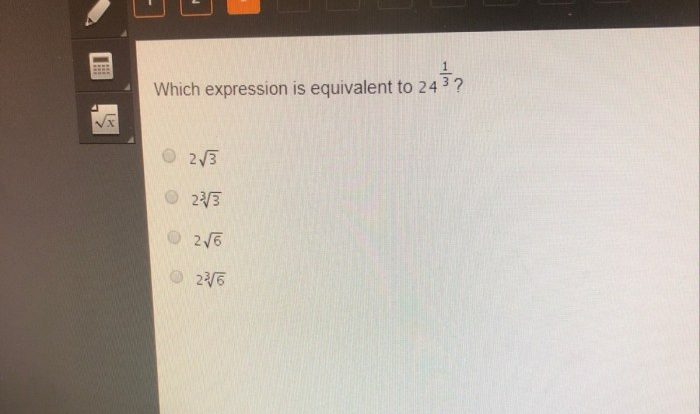Lesson 7 homework practice convert between systems – In the realm of measurement, Lesson 7 Homework Practice: Converting Between Systems embarks on an enlightening journey, unraveling the intricacies of converting between different measurement systems. From understanding the fundamental principles to tackling practice problems, this comprehensive guide equips learners with the knowledge and skills to navigate the complexities of unit conversion with precision and confidence.
Throughout this exploration, we will delve into the significance of accurate conversion factors, uncover common pitfalls that can lead to errors, and explore real-world applications where conversion plays a crucial role. By delving into the nuances of converting between metric and imperial systems, we empower learners to become proficient in bridging the gap between diverse measurement conventions.
1. Converting Between Systems
Converting between different systems of measurement is a fundamental skill in many fields, including science, engineering, and everyday life. It involves understanding the relationships between different units and using appropriate conversion factors to transform measurements from one system to another.
The most common systems of measurement are the metric system and the imperial system. The metric system is based on the decimal system and uses meters, kilograms, and seconds as its base units. The imperial system, on the other hand, is based on the English system of weights and measures and uses feet, pounds, and seconds as its base units.
To convert between the metric system and the imperial system, it is necessary to use appropriate conversion factors. These factors are typically provided in tables or reference materials. For example, to convert feet to meters, one would multiply the number of feet by 0.3048, which is the conversion factor from feet to meters.
Using the correct conversion factors is essential to ensure accurate conversions. Mistakes in conversion can lead to errors in calculations and measurements, which can have serious consequences in certain applications.
2. Practice Problems: Lesson 7 Homework Practice Convert Between Systems

To practice converting between different systems of measurement, it is helpful to solve practice problems. The following table provides a variety of practice problems, ranging from easy to difficult:
| Problem | Solution |
|---|---|
| Convert 5 feet to meters. | 1.524 meters |
| Convert 10 kilograms to pounds. | 22.05 pounds |
| Convert 20 miles per hour to kilometers per hour. | 32.19 kilometers per hour |
| Convert 100 gallons to liters. | 378.54 liters |
| Convert 25 degrees Celsius to degrees Fahrenheit. | 77 degrees Fahrenheit |
3. Applications of Conversion
Converting between systems of measurement has numerous applications in real-world situations. In science and engineering, it is essential for performing calculations and measurements that involve different units. For example, scientists may need to convert between meters and feet when designing a new product or engineers may need to convert between pounds and kilograms when calculating the weight of a structure.
In everyday life, converting between systems of measurement is also common. For example, when cooking a recipe, you may need to convert between cups and milliliters or when traveling to a different country, you may need to convert between miles and kilometers.
In all of these applications, it is important to use accurate conversion factors to ensure that the results are correct. Mistakes in conversion can lead to errors in calculations and measurements, which can have serious consequences in certain situations.
4. Common Mistakes
When converting between systems of measurement, there are a few common mistakes that people make. These mistakes include:
- Using the wrong conversion factor
- Forgetting to convert all of the units in a measurement
- Mixing up the units in a measurement
- Rounding errors
These mistakes can be avoided by carefully checking your work and using the correct conversion factors. It is also helpful to practice converting between systems of measurement regularly to improve your accuracy.
5. Additional Resources
There are a number of resources available to help you learn more about converting between systems of measurement. These resources include:
These resources provide a variety of information and tools that can help you understand and practice converting between systems of measurement.
User Queries
What is the most important factor to consider when converting between systems?
The most important factor to consider when converting between systems is the accuracy of the conversion factors used. Using incorrect or outdated conversion factors can lead to significant errors in calculations.
What are some common mistakes people make when converting between systems?
Common mistakes include forgetting to convert all units in a calculation, using the wrong conversion factor, and rounding errors. It is important to be meticulous and double-check all conversions to avoid these mistakes.
What are some real-world applications of converting between systems?
Converting between systems is used in a wide range of fields, including science, engineering, and everyday life. For example, scientists use conversion factors to compare data from different sources, engineers use them to design products that meet international standards, and travelers use them to convert currency and distances.



